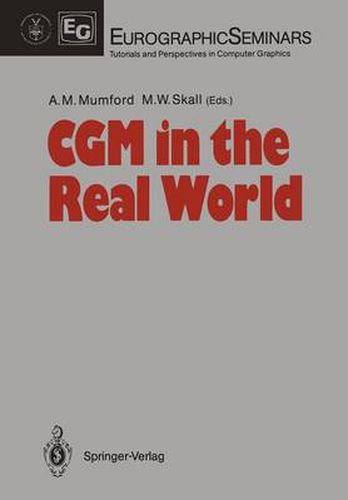Readings Newsletter
Become a Readings Member to make your shopping experience even easier.
Sign in or sign up for free!
You’re not far away from qualifying for FREE standard shipping within Australia
You’ve qualified for FREE standard shipping within Australia
The cart is loading…






This title is printed to order. This book may have been self-published. If so, we cannot guarantee the quality of the content. In the main most books will have gone through the editing process however some may not. We therefore suggest that you be aware of this before ordering this book. If in doubt check either the author or publisher’s details as we are unable to accept any returns unless they are faulty. Please contact us if you have any questions.
About two years ago, while attending yet another international standards meeting, a few of the meeting participants were discussing the utility and applicability of the standards we were designing. After all, if standards are not used, and used effectively, why are we spending all this time and money designing them? The ultimate test of the utility of computer standards is the number of implementations that are developed and the number of end-users that successfully use these within their own application. The number of implementations is related to the quality of a standard because vendors cannot produce correct implementations without clear, precise and unambiguous semantics within the standard. The number of users of implementations of the standards is an even greater measure of success of the standard because users will only purchase these implementations if they are useful for their applications. How could we determine whether or not graphics standards are useful? we asked ourselves.
Let’s ask both implementors and users about the experiences they’ve had with our standards. Let them tell us about the successes and the problems as well.
Thus, an idea was born - the idea of a series of workshops, each one devoted to the usability of a different computer graphics standard. The only thing left to do in planning this workshop was to choose the appropriate standard to serve as the focus of the first workshop. There were only a few viable candidates.
$9.00 standard shipping within Australia
FREE standard shipping within Australia for orders over $100.00
Express & International shipping calculated at checkout
This title is printed to order. This book may have been self-published. If so, we cannot guarantee the quality of the content. In the main most books will have gone through the editing process however some may not. We therefore suggest that you be aware of this before ordering this book. If in doubt check either the author or publisher’s details as we are unable to accept any returns unless they are faulty. Please contact us if you have any questions.
About two years ago, while attending yet another international standards meeting, a few of the meeting participants were discussing the utility and applicability of the standards we were designing. After all, if standards are not used, and used effectively, why are we spending all this time and money designing them? The ultimate test of the utility of computer standards is the number of implementations that are developed and the number of end-users that successfully use these within their own application. The number of implementations is related to the quality of a standard because vendors cannot produce correct implementations without clear, precise and unambiguous semantics within the standard. The number of users of implementations of the standards is an even greater measure of success of the standard because users will only purchase these implementations if they are useful for their applications. How could we determine whether or not graphics standards are useful? we asked ourselves.
Let’s ask both implementors and users about the experiences they’ve had with our standards. Let them tell us about the successes and the problems as well.
Thus, an idea was born - the idea of a series of workshops, each one devoted to the usability of a different computer graphics standard. The only thing left to do in planning this workshop was to choose the appropriate standard to serve as the focus of the first workshop. There were only a few viable candidates.